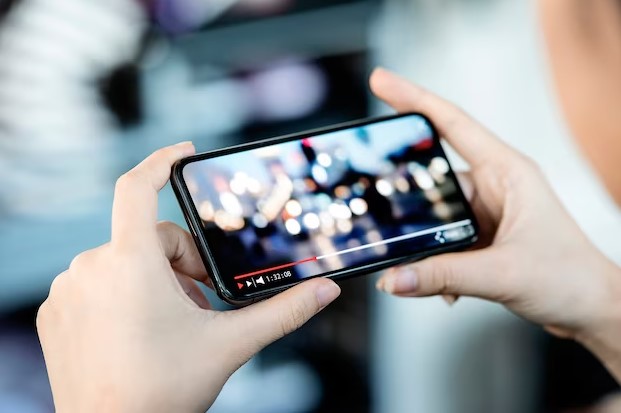Are you tired of experiencing buffering and low-quality videos while streaming popular films and TV shows on your laptop? If so, you’re not alone. This problem affects a lot of individuals due to hardware limits or poor laptop optimization. Fortunately, there are techniques to improve your laptop’s performance for streaming, enabling you to indulge in a better viewing experience.
In this blog post, medCPU discovers some pointers and hacks to boost your laptop’s streaming performance, allowing you to watch your preferred films and TV shows on some major streaming sites like Netflix, HBO, and Sling TV without facing any hang-ups and buffering. So, let’s dive in and get started on optimizing your laptop for streaming!
Choose the Right Browser
The selection of the appropriate web browser can considerably influence the way you stream movies and TV shows. Streaming works better on some web browsers than others. For example, Google Chrome and Firefox are popular options for streaming since they provide better compatibility with streaming websites and deal with a variety of video codecs. On the other hand, Internet Explorer and Microsoft Edge might not provide the same degree of support and might result in buffering or delayed load times.
We suggest having a high-speed internet connection, like the one offered by HughesNet, while using your laptop’s browser to stream content. Remember, a sluggish internet connection can cause buffering and substandard video quality, whereas a faster internet speed can ensure smoother playback and superior video quality.
Optimize Your Graphics Settings
The graphics settings on your laptop can also impact your streaming experience. Your laptop might function longer than necessary if the graphics settings are set too high, which could lead to slow load times and buffering. To enhance your graphics settings, access your laptop’s display settings and click on Graphics Settings. This will let you modify your laptop’s graphics settings to cater to the specifications of the streaming site you are using.
Upgrade Your RAM
Upgrading your laptop’s RAM can significantly improve your streaming experience. The data that your laptop needs to access fast is stored in RAM or random-access memory. Your laptop regularly accesses and processes significant amounts of data while you stream, which might cause the performance of your device to degrade. Your laptop may have faster load times and smoother playback if you increase the RAM in your computer so it has the additional processing power it needs to handle streaming demands.
Use a Quality Antivirus Software
While antivirus software is necessary for safeguarding your laptop against malware and viruses, it may also affect the level of your streaming experience. Some antivirus programs might slow down the performance of your laptop, leading to buffering and lengthy load times.
It’s crucial to pick an antivirus program of high caliber that won’t slow down your laptop. Look for antivirus software that uses a minimum amount of system resources and is built to function with all the hardware and applications on your laptop.

Disable Background Apps
Your laptop may have several background apps running that you’re not aware of. These applications may consume important system resources, slowing down the performance of your laptop. Disabling these apps can free up resources and improve your streaming experience. To prevent applications from processing in the background, open the task manager on your laptop and select which apps to turn off. Ensure that you don’t remove any apps from your laptop that are essential for its operation.
Use an External Monitor
While laptops are convenient for streaming, they may not offer the best viewing experience. It may be difficult to distinguish details on the small screen and may strain the eyes. However, by providing a bigger screen and greater picture quality, adding an external monitor can greatly improve your streaming experience. The availability of ports on both your laptop and external monitor determines which cable to use when linking them. An HDMI or VGA cable can be utilized, depending on what’s accessible.
Keep in mind that when using an external monitor with your laptop for viewing content on platforms such as HBO, Hulu, and Planet Dish, it’s crucial to protect your eyes from the strain of a bigger screen. You can take breaks, modify display settings, and use blue light filters to reduce eye strain and ensure a more comfortable viewing experience.
Final Thoughts
Optimizing your laptop for streaming movies and TV shows can significantly improve your streaming experience. By choosing the right web browser, using quality antivirus software, upgrading your RAM, optimizing your graphics settings, using an external monitor, and disabling background apps, you can ensure that your laptop is running at peak performance so you can smooth streaming with the excellent video quality.

Eyal Ephrat serves as the co-founder and CEO of medCPU.com, where technology is making significant strides in the field of medicine. Through his experience in purchasing PC and laptop equipment and various other tech products, Eyal Ephrat contributes valuable insights to medCPU’s mission.
